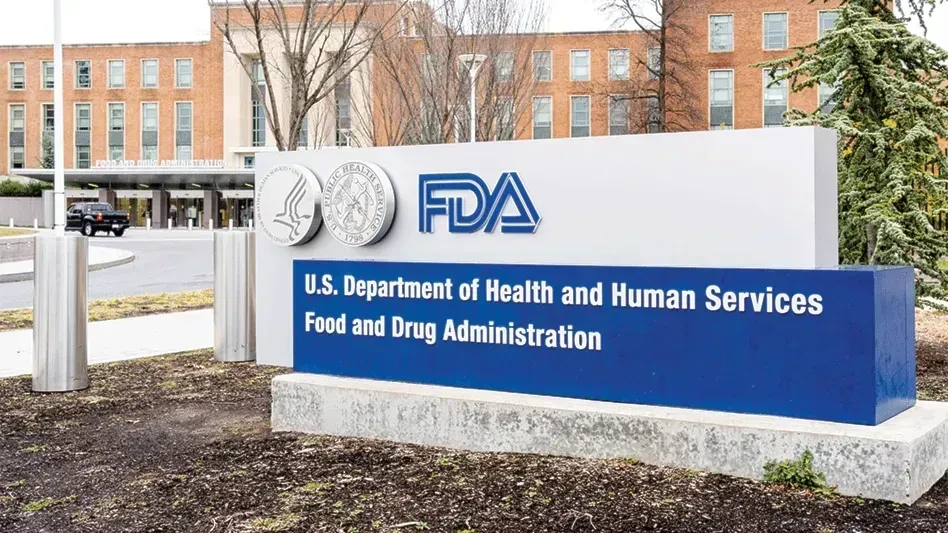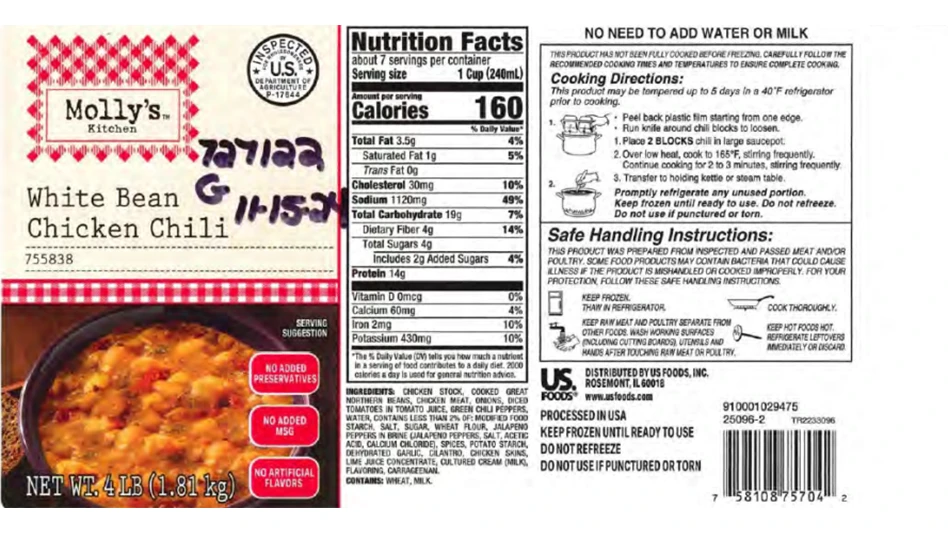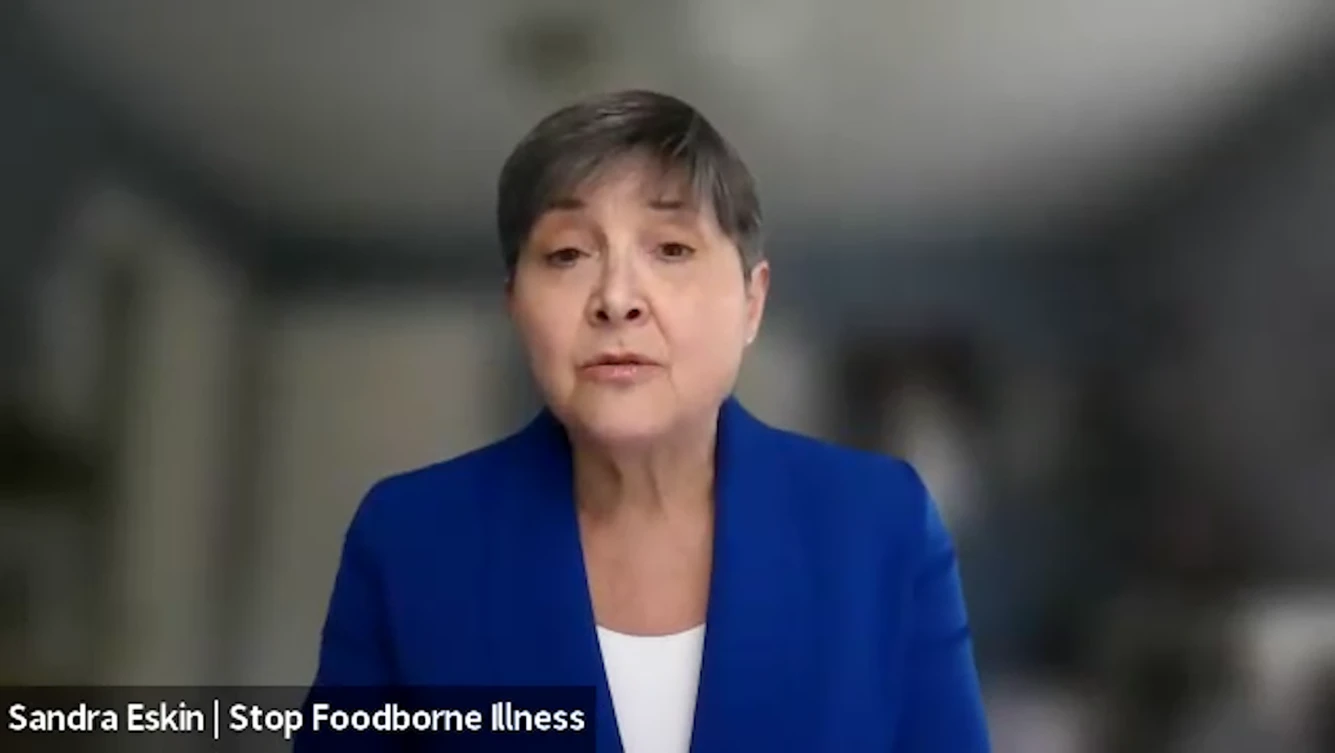In recent testimony before the food agency subcommittee of the House Committee on Appropriations, Phyllis Fong, Inspector General of the Office of Inspector General’s (OIG), discussed its budget request and recent audit and investigative activities. In a focus on USDA, Fong detailed assessments in relation to USDA’s ability to protect public health and provide wholesome food.
One such assessment audit focused on Food Safety Inspection Service (FSIS) sampling of beef trim for E. coli. Currently, inspectors take 60 samples from large lots of beef trim to test. “We found, however, that this procedure does not yield a statistical precision that is reasonable for food safety,” she said. “Although 60 samples may be adequate to detect widespread contamination, more are needed when E. coli is less prevalent.”
FSIS’ current sampling methodology results in detection of E. coli less than half the time when it is present in one percent of a beef trim lot, Fong explained, adding, “Accordingly, we recommended that the agency place its testing process on sounder statistical ground by redesigning its sampling methodology to account for varying levels of contamination.”
Other USDA assessments included:
- an audit to evaluate USDA’s controls over in-shell eggs to detect Salmonella and other contaminants, and to evaluate the effectiveness of USDA’s coordination with FDA to ensure that eggs are wholesome.
- investigation of cases where companies schemed to mislead the public and government about the origin of marketed food.
- an ongoing audit of USDA funding for and controls of genetically engineered animal and insect research to assess whether its regulatory framework provides sufficient authority to control the research and prevent the inadvertent release of the animals and insects.
The full testimony is available at http://www.usda.gov/oig/webdocs/IGtestimony110302.pdf.

Explore the April 2011 Issue
Check out more from this issue and find your next story to read.
Latest from Quality Assurance & Food Safety
- Provision Analytics Adds Food Safety Expert Jennifer Williams to Strategic Advisory Group
- Boston Sword & Tuna Protects Seafood Safety with Mettler-Toledo Metal Detectors
- IFT Releases New Resources to Aid Food and Beverage Industry in Sugar Reduction
- Yum! Brands CEO David Gibbs to Retire in 2026
- Penn State Extension Offers Short Course on Food Microbiology and Safety for Food Plant Workers
- Johnsonville Recalls Cheddar Bratwurst Due to Possible Plastic Contamination
- Cabot Creamery Butter Recalled Due to Possible Fecal Contamination
- USDA Delays Salmonella Testing Program for Breaded Stuffed Chicken






